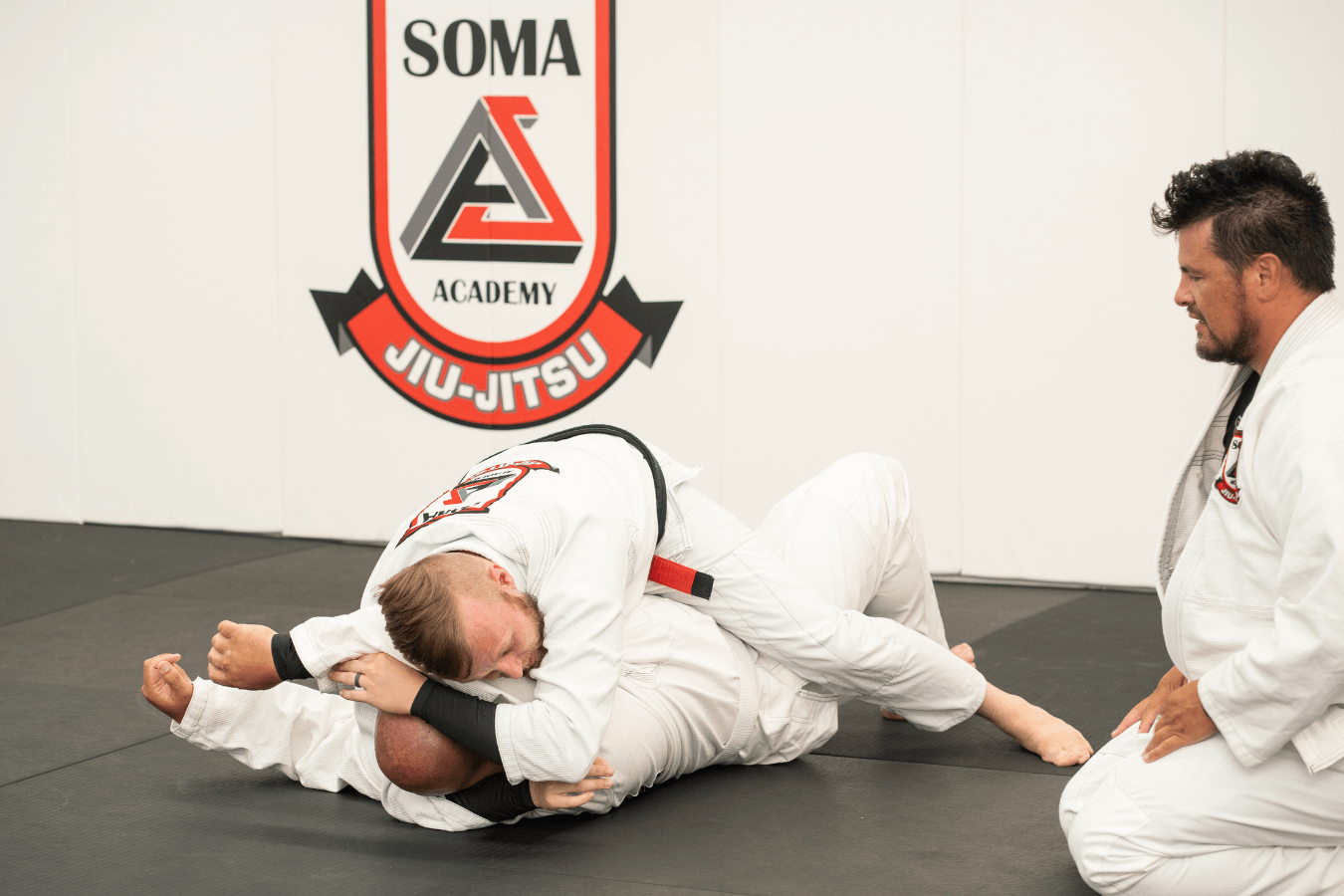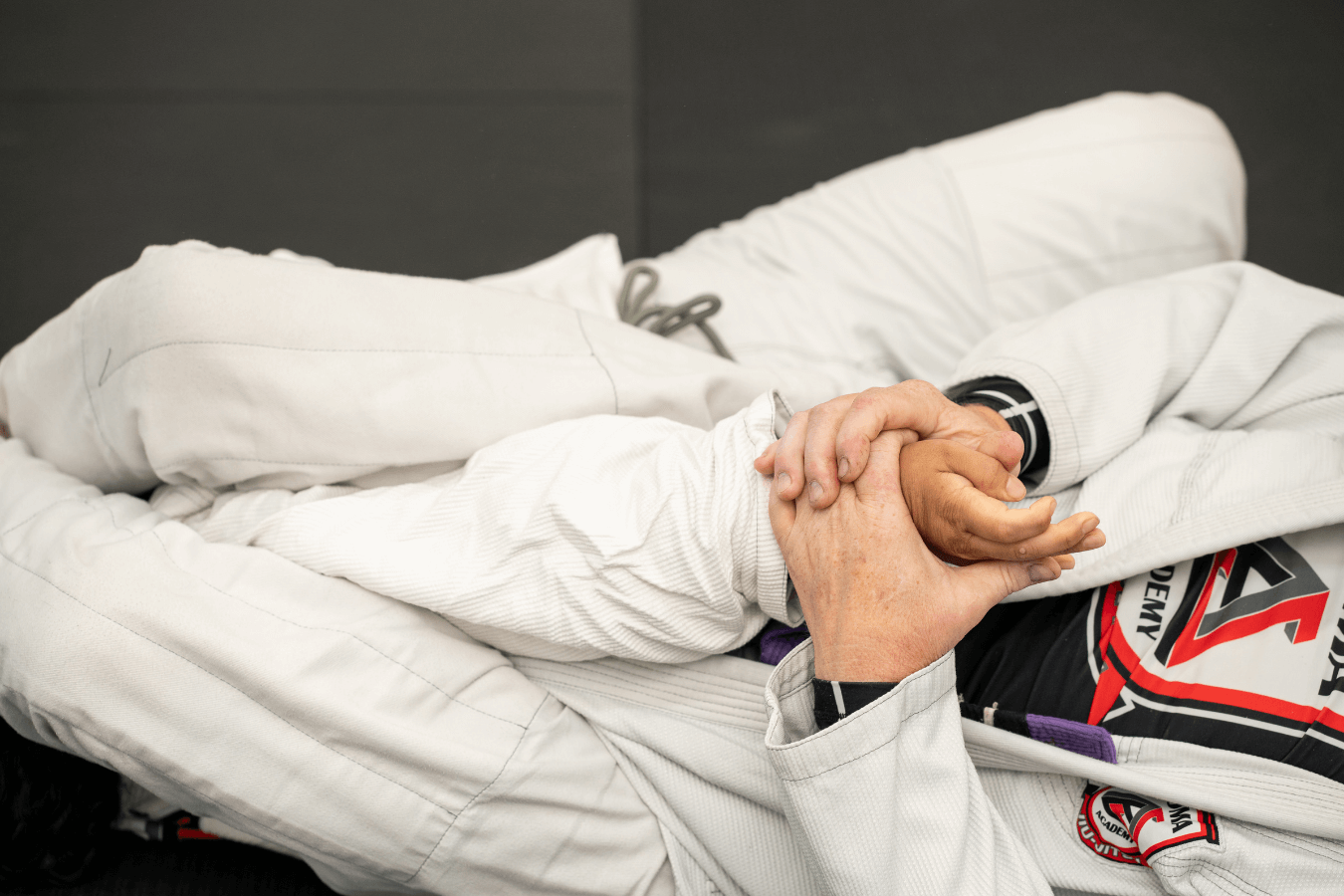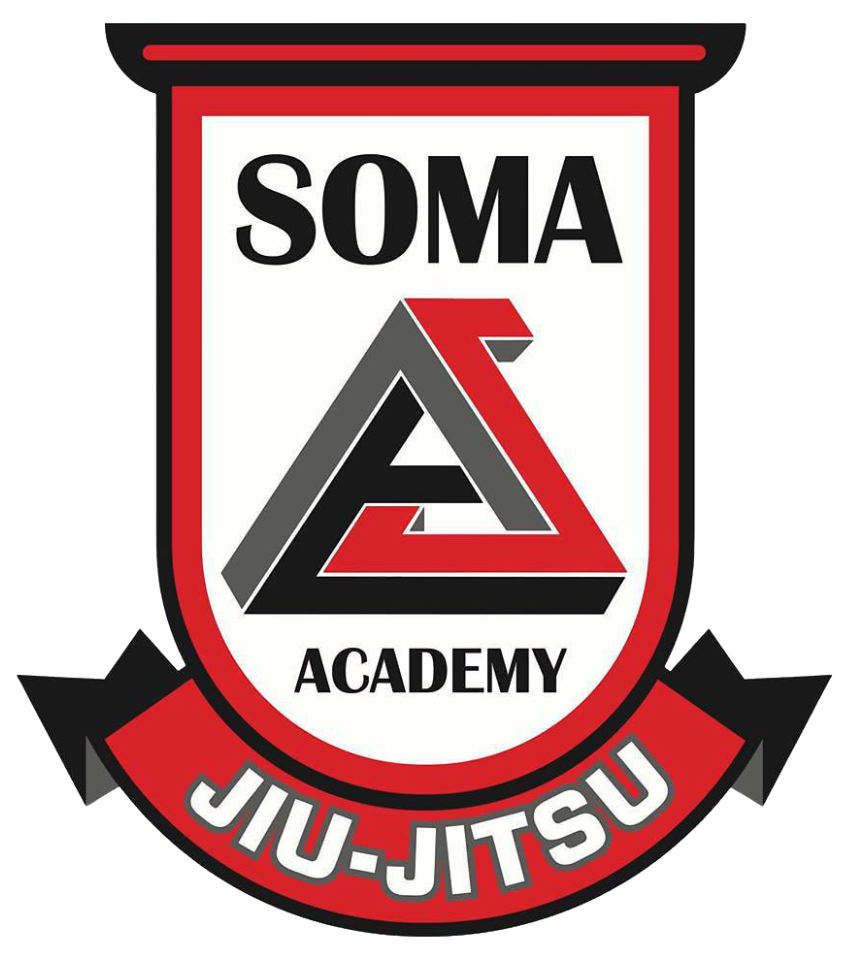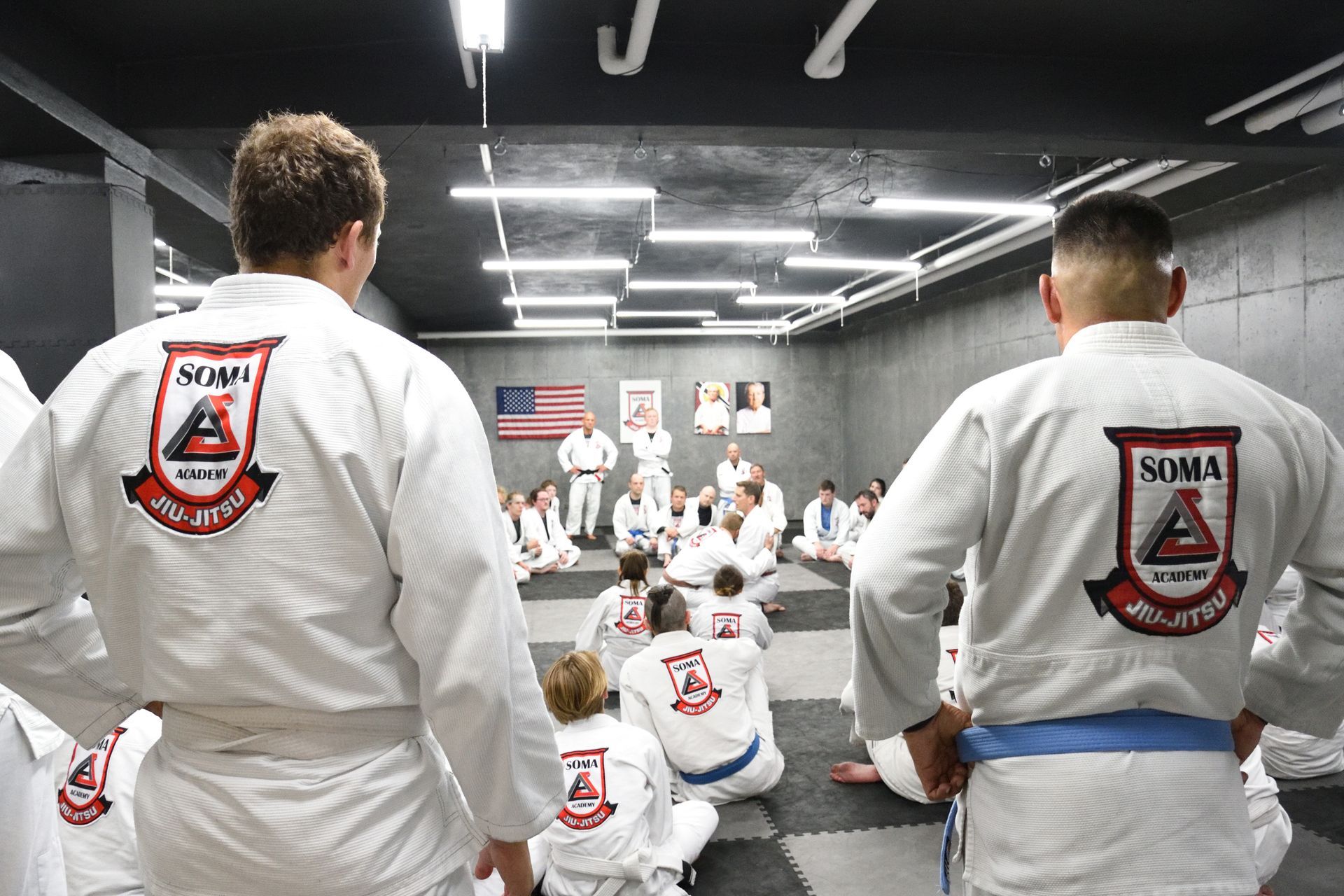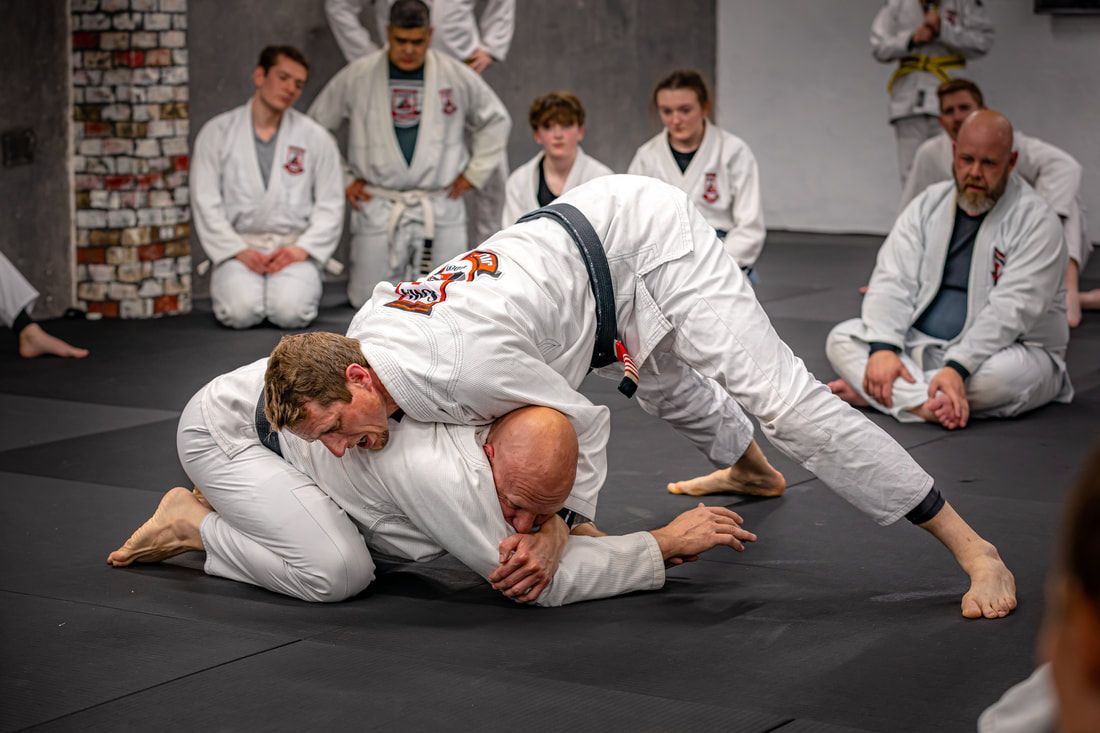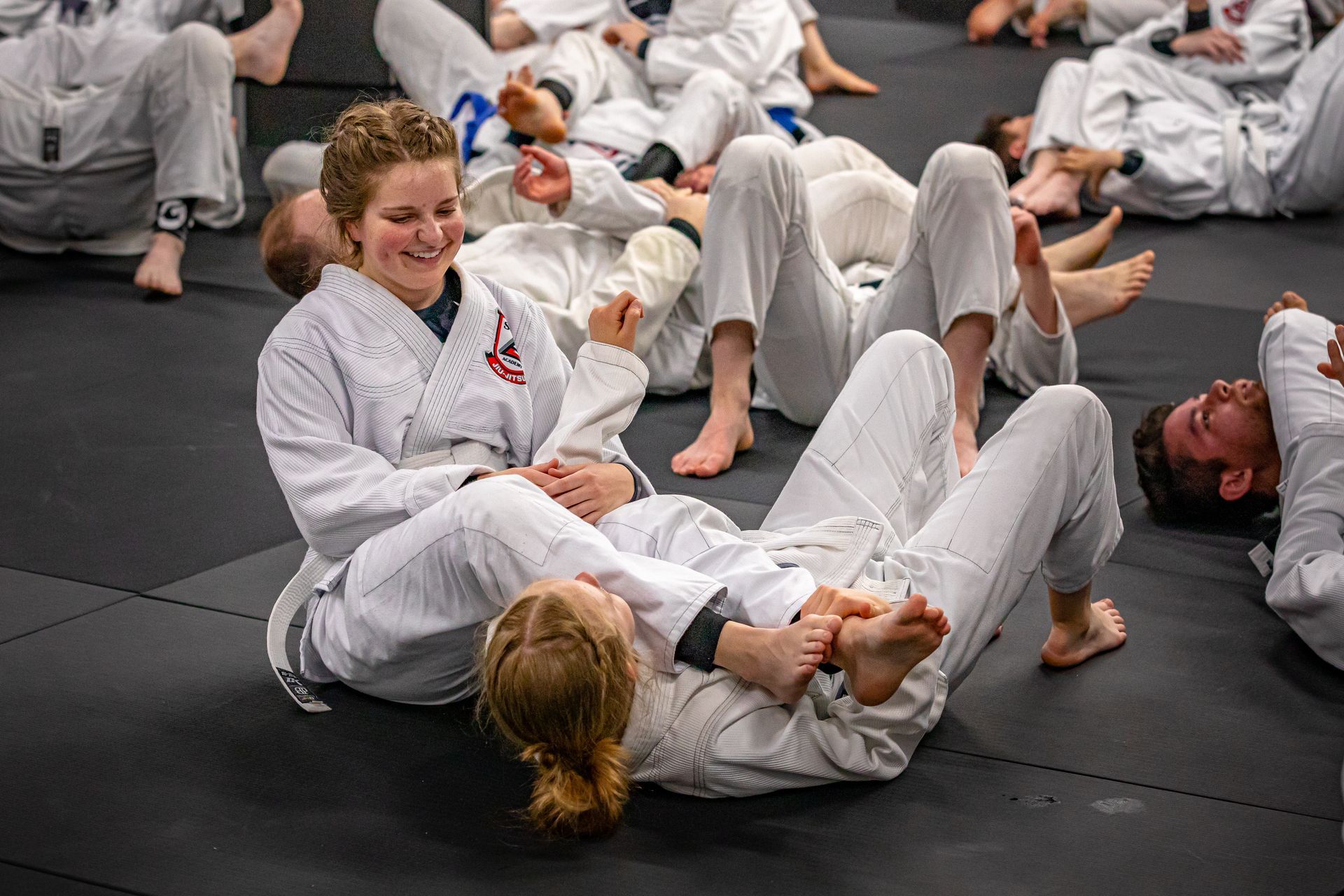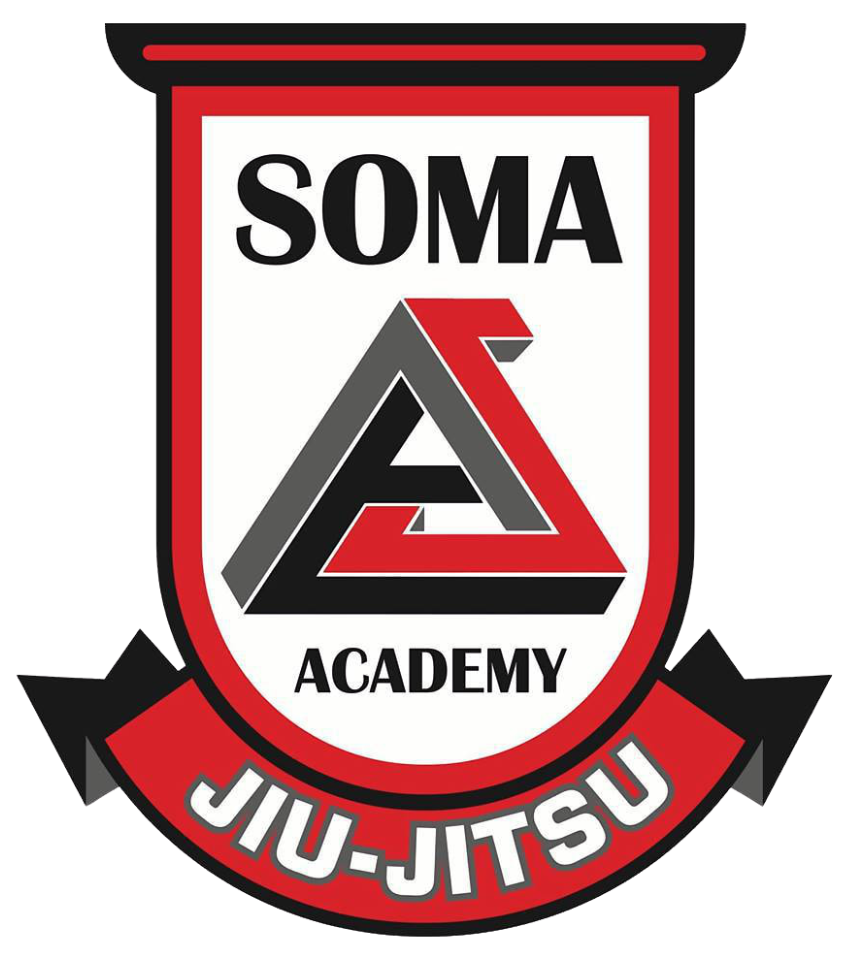Post Title
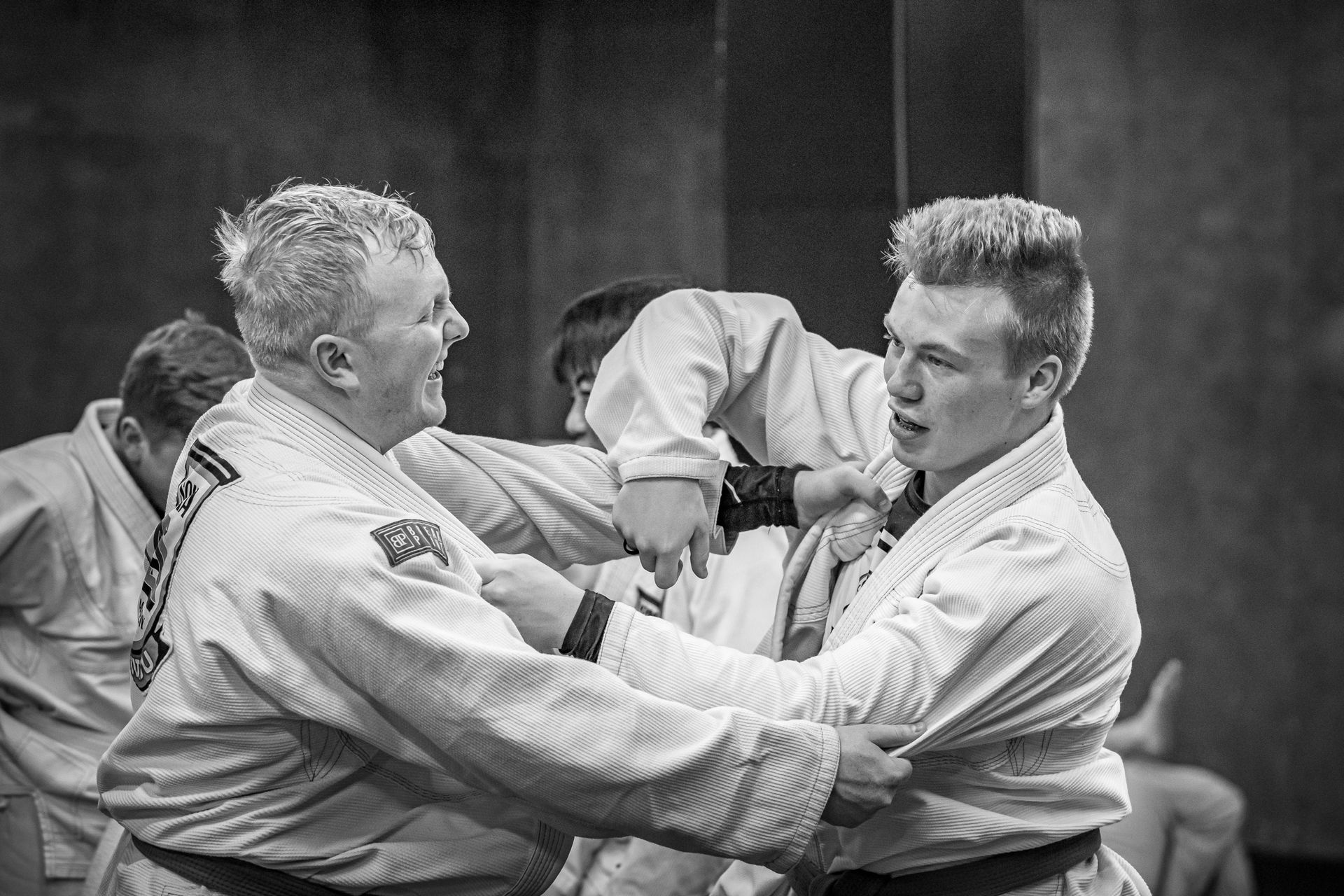
Brazilian Jiu-Jitsu (BJJ) is more than a martial art, it’s a path to physical fitness, mental resilience, and self-confidence.
For residents looking for BJJ in Idaho Falls, training at a reputable academy can unlock benefits that extend beyond the mat. Soma Jiu-Jitsu Idaho Falls offers professional instruction for students of all ages, helping beginners and experienced practitioners alike develop an unstoppable guard and improve their overall grappling game.
Whether you’re a parent seeking safe and effective martial arts for your children or an adult looking to boost fitness and confidence, understanding the fundamentals of guard development is essential to mastering BJJ.
Physical, Mental, and Social Benefits of Martial Arts
Training in Brazilian Jiu-Jitsu offers a wide range of benefits that go beyond learning self-defense. Here’s how consistent practice at Soma Jiu-Jitsu Idaho Falls can enhance your life:
Improved Fitness and Strength
BJJ is a full-body workout that engages muscles you may not use in daily activities. Training regularly improves:
- Cardiovascular health
- Core strength and stability
- Flexibility and balance
- Endurance and overall physical fitness
Over time, students notice increased agility and stamina, making daily tasks easier and improving performance in other sports.
Increased Confidence and Self-Discipline
Learning new techniques, executing effective submissions, and achieving belt progression builds confidence naturally. Students develop a growth mindset, learning to handle challenges on and off the mat. Discipline comes from regular practice and goal setting, reinforcing habits that extend into school, work, and personal life.
Self-Defense Skills for Adults and Children
BJJ is highly effective for self-defense due to its focus on leverage, control, and technique over brute strength. Children learn to stay calm under pressure, while adults acquire practical tools to protect themselves in real-world situations. Training also emphasizes respect and responsibility, fostering safer behavior outside the academy.
Stress Relief and Mental Resilience
Rolling on the mat requires focus and strategic thinking, providing a mental break from daily stressors. Physical exertion releases endorphins, reducing stress and anxiety. Over time, practitioners become better at managing frustration and staying composed under pressure—skills that translate to both personal and professional life.
Community and Relationship-Building Benefits
BJJ fosters a strong sense of community. Students at Soma Jiu-Jitsu Idaho Falls form bonds with peers through sparring, classes, and events. This support network creates accountability, motivation, and long-lasting friendships.
Common Questions and Objections Addressed
1. What is the guard in Brazilian Jiu-Jitsu?
The guard is a defensive and offensive position where you use your legs to control your opponent from your back. It allows for sweeps, submissions, and maintaining control during sparring.
2. How long does it take to develop a strong guard in BJJ?
Progress depends on training consistency, class frequency, and dedication to drilling techniques. Most students see noticeable improvement within a few months of consistent practice.
3. Can beginners learn an effective guard?
Yes. BJJ is designed for all skill levels. Beginners at Soma Jiu-Jitsu Idaho Falls start with fundamental guard techniques, building confidence and control before advancing to more complex moves.
4. Which types of guard should I focus on as a beginner?
Starting with closed guard, half guard, and basic open guard variations is recommended. These positions teach control, posture management, and transitions that form the foundation for advanced techniques.
5. How does guard training improve self-defense?
A strong guard enables you to control an opponent regardless of size or strength. It teaches leverage, positional awareness, and techniques to defend yourself safely in real-world situations.
6. How often should I practice guard techniques to see improvement?
Consistency is key. Attending 2–3 classes per week, combined with targeted drilling at home or during open mat sessions, accelerates skill development and builds muscle memory.
How to Develop an Unstoppable Guard in BJJ
The guard is a foundational position in Brazilian Jiu-Jitsu. Developing a strong, versatile guard allows practitioners to defend effectively, control opponents, and create opportunities for sweeps and submissions. Here’s a structured approach:
Understanding Guard Fundamentals
The guard involves using your legs to control an opponent from your back. Key elements include:
- Proper hip movement
- Maintaining posture and distance
- Using grips effectively
- Transitioning between open, closed, and half guard
Consistency in drilling these basics ensures a solid foundation for more advanced techniques.
Drill for Hip Mobility
Strong hip movement is crucial for guard retention and attacks. Practice exercises such as:
- Shrimping (hip escape)
- Bridging and rolling
- Leg pummeling drills
These drills increase flexibility, positioning, and recovery ability when under pressure.
Strengthen Grip and Leg Control
Effective grips and leg control allow you to manage opponents of different sizes. Focus on:
- Collar and sleeve grips (gi BJJ)
- Wrist and pant grips for control
- Closed guard, half guard, and spider guard exercises
Building grip strength and coordination translates directly to guard dominance.
Learn Transitions and Sweeps
A strong guard is dynamic, not static. Learn to flow between positions:
- Closed guard to open guard
- Half guard sweeps
- Triangle and armbar setups
Drilling transitions ensures readiness for both offensive and defensive situations.
Incorporate Positional Sparring
Positional sparring is the practice of starting in a specific position and working to achieve objectives like sweeps or submissions. This targeted training allows you to:
- Focus on weak areas of your guard
- Experiment with new techniques safely
- Develop problem-solving skills under live pressure
At Soma Jiu-Jitsu Idaho Falls, instructors provide structured sparring sessions for all skill levels.
Data and Expert Insights
Brazilian Jiu-Jitsu is growing in popularity across the U.S. According to the Sports & Fitness Industry Association (SFIA), martial arts participation among adults has risen steadily over the past decade, reflecting increased interest in functional fitness, self-defense, and personal development.
Studies highlight that BJJ offers physical and mental benefits similar to other aerobic and resistance-based exercises, including improved cardiovascular health, core strength, and stress reduction. Injury rates in BJJ remain low when proper technique, supervision, and safety protocols are followed.
Experts, including seasoned instructors at reputable academies like Soma Jiu-Jitsu Idaho Falls, emphasize the importance of consistent practice, drilling, and live sparring to develop a truly effective guard. Regular coaching feedback accelerates skill acquisition and reduces the risk of injury.
Local Relevance and Community Impact
Soma Jiu-Jitsu Idaho Falls serves students across the city, including neighborhoods near Sandcreek, Eagle Rock, and the Snake River area. Training in BJJ promotes personal growth, confidence, and physical fitness for adults and children alike, contributing to safer, healthier communities.
Local martial arts schools also host events, open mats, and workshops that strengthen community ties. By offering accessible, high-quality instruction, Soma Jiu-Jitsu Idaho Falls supports the physical and mental wellness of families in Idaho Falls and surrounding areas.
If you’re ready to take your BJJ skills to the next level and develop an unstoppable guard, Soma Jiu-Jitsu Idaho Falls is here to guide you. Join our welcoming community today:
- Sign up for a
free trial class
- Schedule a
tour or consultation
- Explore our programs designed for children, teens, and adults
Visit www.somajiujitsu.com/idahofalls to start your journey and see why families and adults choose Soma Jiu-Jitsu Idaho Falls for safe, effective martial arts training.
ACCESS OUR SCHEDULE
& EXCLUSIVE WEB SPECIAL
Secure your spot and get started today with our EXCLUSIVE offer!
